Makkah, one of Saudi Arabia's largest cities, is revered as the holiest city in Islam. Renowned for its spiritual significance, Makkah also serves as a central hub in the region, drawing pilgrims from around the globe. Surrounded by neighboring cities, it plays a pivotal role in religious devotion and cultural influence, making it a key landmark in the country.
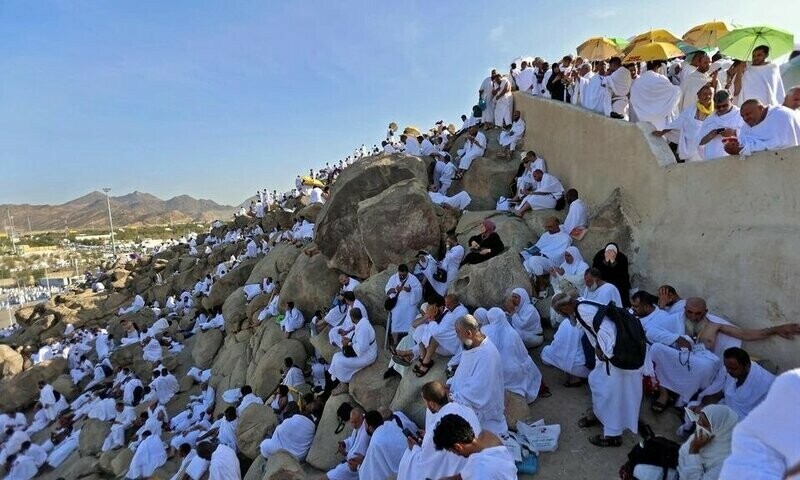
Mount Arafat
Mount Arafat is a granite hill about 20 km southeast of Makkah in the plain of Arafat. Standing at Mount Arafat on the 9th day of the Islamic month of Dhu al-Hijjah is a fundamental part of the Hajj pilgrimage. While not a formal part of Umrah, many pilgrims visit due to its religious significance.
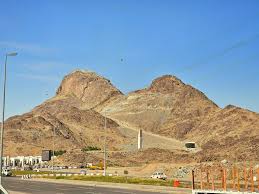
Jabal Al Nour
Jabal al-Nour (Arabic: جَبَل ٱلنُّوْر) is a mountain near Mecca in the Hejaz region of Saudi Arabia. The mountain houses the grotto or cave of Hira (Arabic: غَار حِرَاء), which holds tremendous significance for Muslims throughout the world, as it is here where the Islamic prophet Muhammad is said to have received his first revelation of the Quran, which consisted of the first five ayat of Surah Al-Alaq from the angel Jibra'il. It is one of the most popular tourist attractions in Makkah.
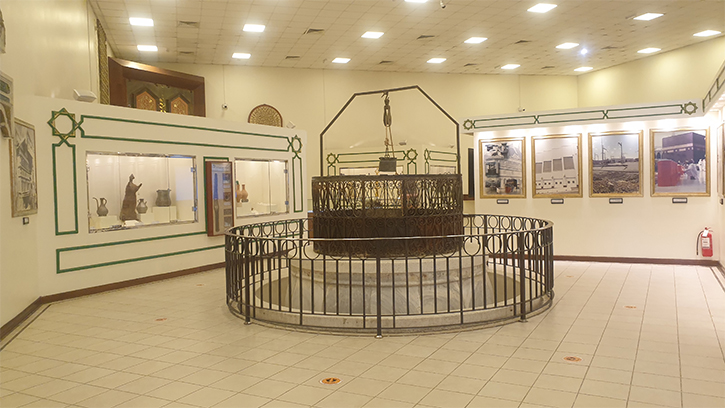
Zamzam well
The Zamzam Well is a miraculously generated source of water from God, which began thousands of years ago when Hagar, the mother of Ismail, was desperately seeking water for her infant son in the desert. It’s located within the Masjid al-Haram. Believed to have healing properties, Zamzam water is considered holy in Islam. Pilgrims drink from it during Hajj and Umrah and take it home as a sacred souvenir.
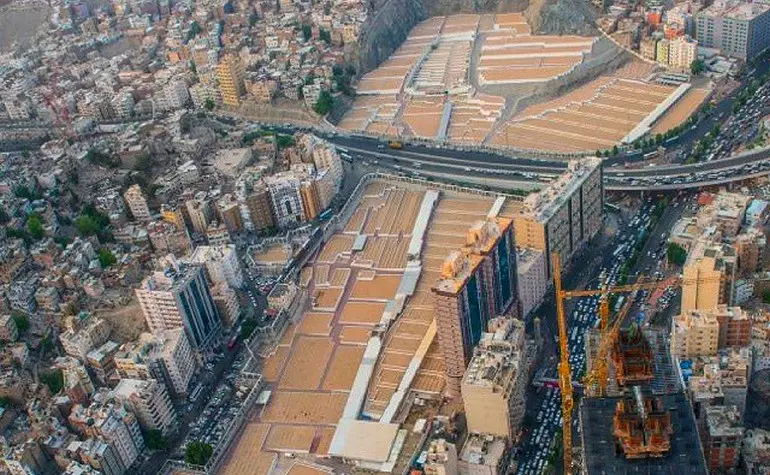
Jannatul-Mualla
Jannat al-Mu'alla (Arabic: جَنَّة ٱلْمُعَلَّاة), also known as the "Cemetery of Ma'la" (Arabic: مَقْبَرَة ٱلْمَعْلَاة) and Al-Ḥajūn (Arabic: ٱلْحَجُوْن), is a cemetery to the north of Al-Masjid Al-Haram, and near the Mosque of the Jinn in Makkah, Saudi Arabia. It is the place where the Islamic prophet Muhammad's SAW wife, grandfather, and other ancestors are buried.
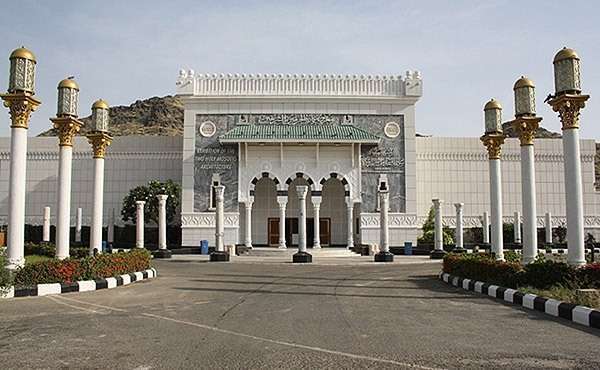
Mecca Museum
The Makkah Museum is a historical museum that is a 10-15 minute drive away from Haram. It is a two storey building which is surrounded by gardens.
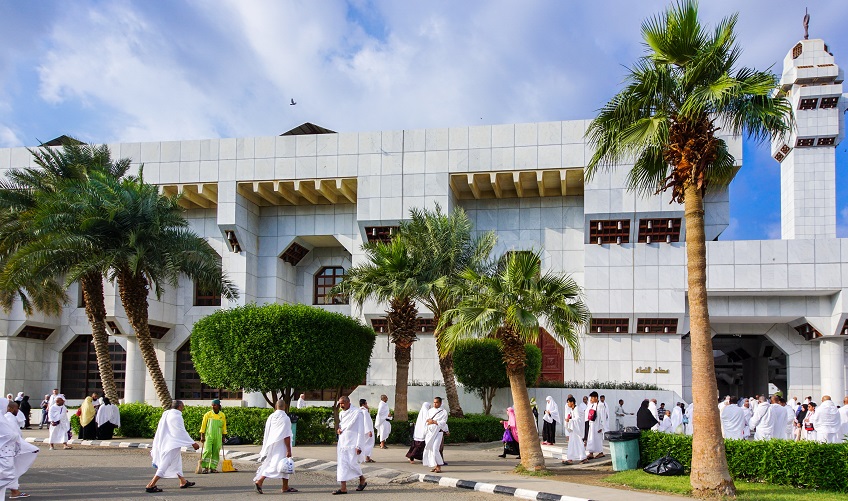
Masjid-e-Aisha
Masjid Aisha (Arabic: عائشة مسجد), also known as Masjid at-Tan’eem, marks the place where Ummul-Mu’mineen Aisha (رضي الله عنها) went to enter into Ihram. She was instructed to do so by the Prophet (ﷺ) during the Farewell Hajj. The masjid lies 7.5 km south from Makkah on the road to Madinah.
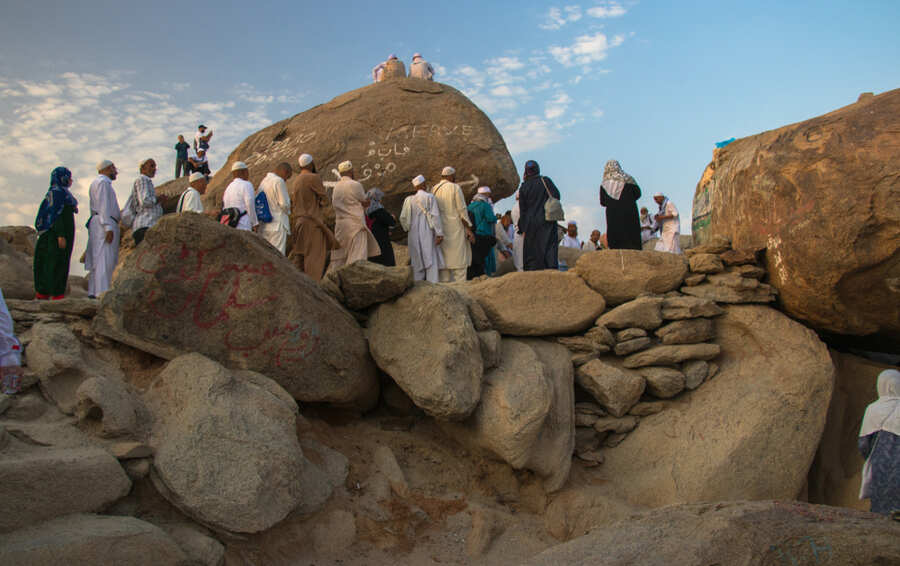
Jabal Thawr
The mountain is notable for housing a cave known as Ghār Thawr (Arabic: غَار ثَوْر), in which the Islamic prophet Muhammad took refuge from the Quraysh, during the migration to Medina. For most Muslims, the cave is of religious significance, and is thus visited by many pilgrims and tourists. Mount Thawr is located 5 miles (8.0 kilometres) away from Mecca. In Sunni Islam, it is believed that Muhammad stayed here as a refugee with his companion Abu Bakr.
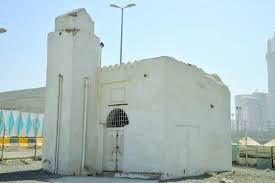
Bir Tuwa – The Well of Tuwa
Tuwa is known for its sweet water, and this well is linked to the story of Prophet Muhammad’s miraculous entry into Makkah. Visiting this well offers a refreshing perspective on Islamic history and the miracles associated with Prophet Muhammad.
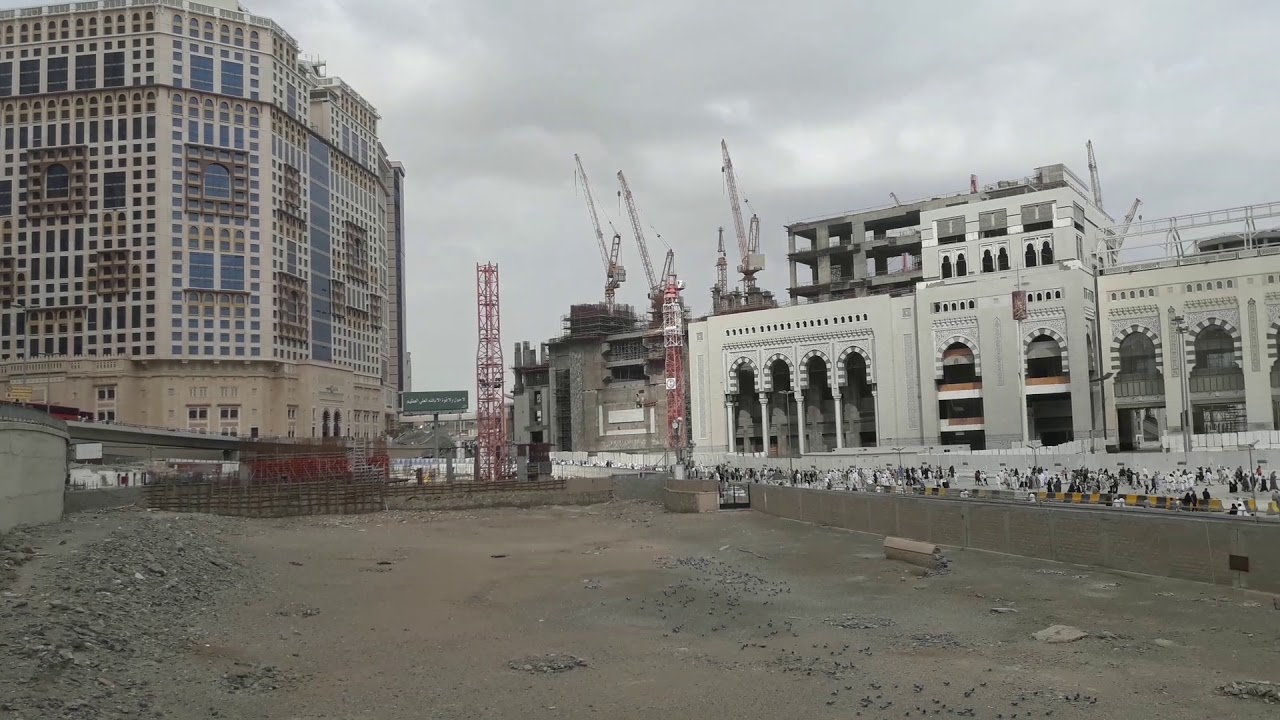 Al-Shabeka Graveyard
Al-Shabeka Graveyard
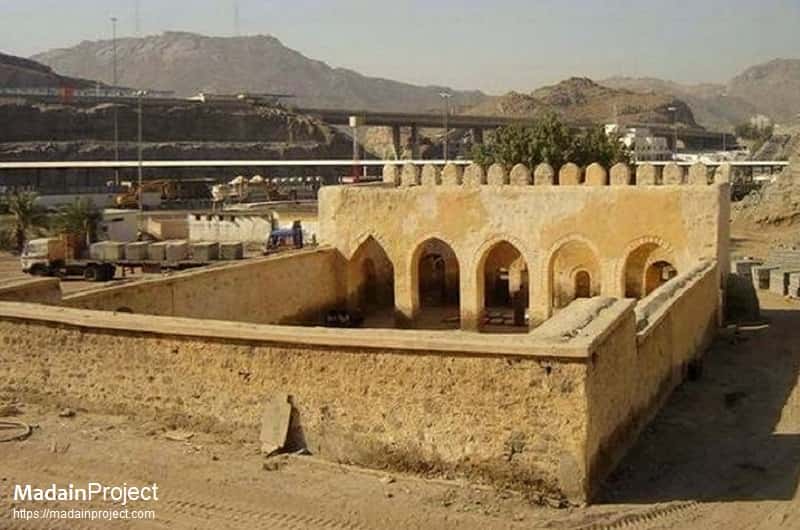 Masjid al Bay’ah
Masjid al Bay’ah
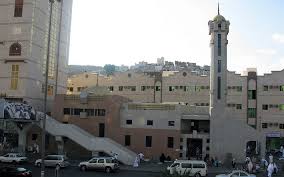 Masjid-Al-jinn
Masjid-Al-jinn
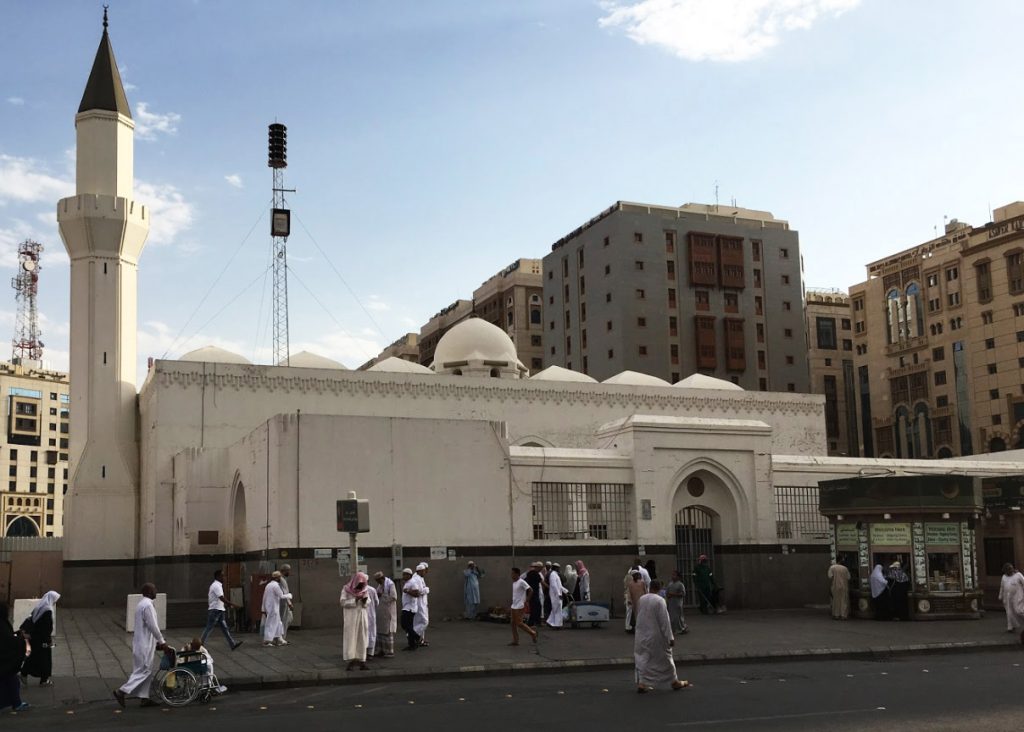 Masjid Imam Ali Ibn Talib
Masjid Imam Ali Ibn Talib
 Makkah Mall
Makkah Mall
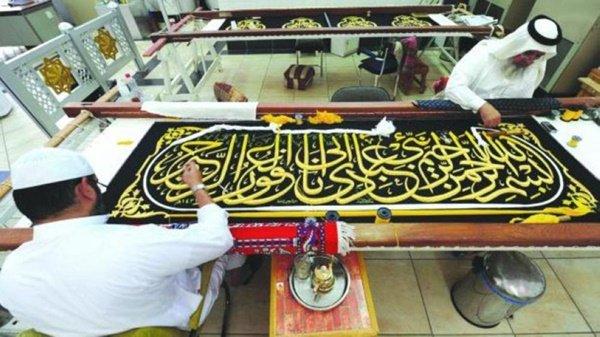 The Kiswa Factory of the Holy Ka'aba
The Kiswa Factory of the Holy Ka'aba
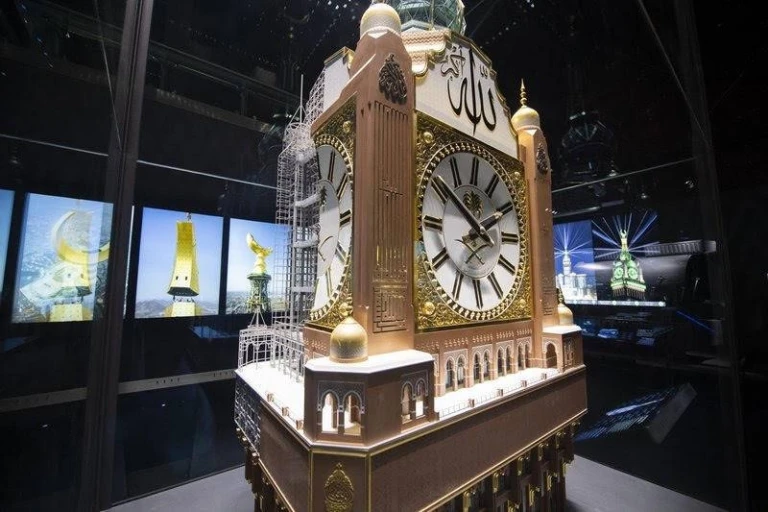 Clock Tower Museum
Clock Tower Museum
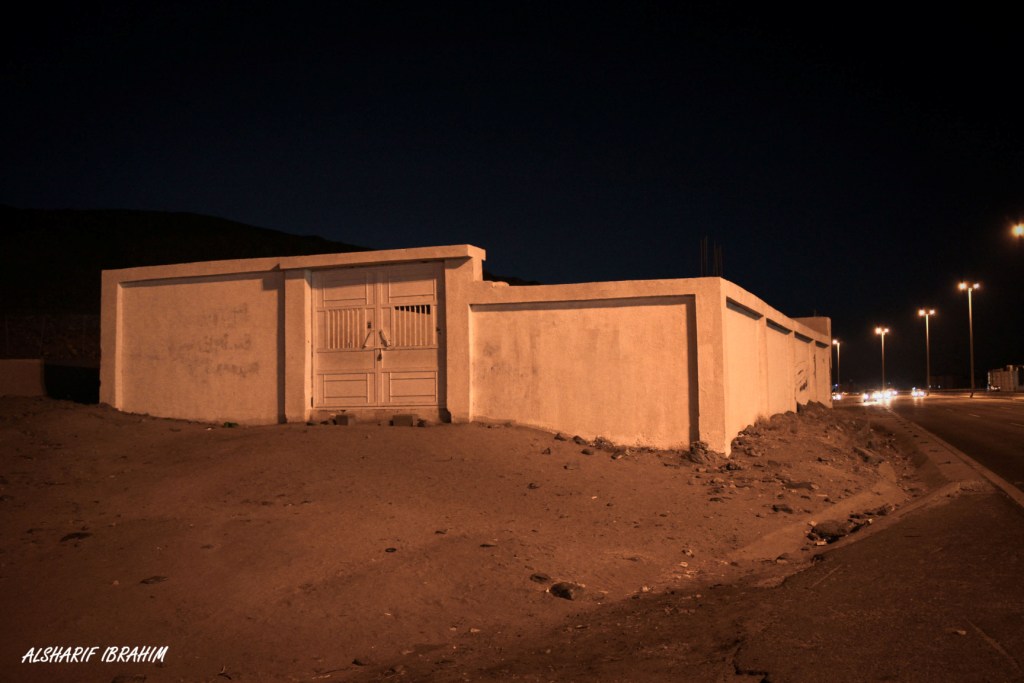 Grave of Sayyidah Maymuna Bint Al-Harith
Grave of Sayyidah Maymuna Bint Al-Harith





